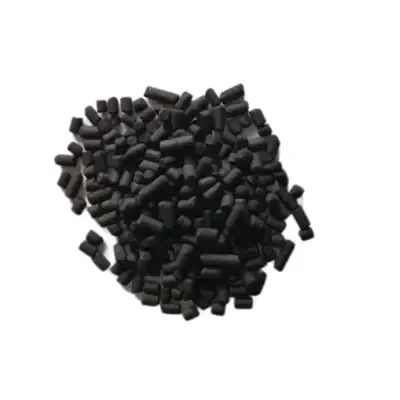
Biochar and activated carbon are two different substances. They are different in terms of materials, production processes and pore structures. We'll detail these differences below.

First, let’s get some basic information about these two substances. Biochar is a carbon-like substance made from biomass, often used to improve soil quality and increase crop yields. It can be produced by pyrolysis methods, such as burning or pyrolysis of biomass materials such as wood, waste and agricultural residues at high temperatures. Activated carbon is a porous adsorbent made of carbonaceous materials, usually used in water treatment, air purification and other fields. It can be prepared using chemical, physical and biological methods, such as processing carbonaceous materials into activated carbon with high adsorption properties through chemical activation or physical treatment.
Next, we will compare the differences between biochar and activated carbon from three aspects: production materials, production process and pore structure. First of all, in terms of production materials, biochar is usually made from biomass materials such as wood, waste and agricultural residues, while activated carbon is made from carbonaceous materials such as coconut shells and coal. These different material sources and properties affect their manufacturing processes and adsorption properties.
Secondly, in terms of production process, biochar is made by pyrolysis, usually under anoxic conditions. This production method can generate large amounts of heat energy while converting biomass materials into biochar. The production methods of activated carbon are more diverse and can be prepared by chemical, physical and biological methods. Among them, chemical activation method is the most commonly used preparation method, which uses chemical reagents to react with carbonaceous materials to make them have high adsorption properties.
Finally, in terms of pore structure, both biochar and activated carbon have loose and porous structures, but their pore sizes and distributions are different. Biochar has larger pores, which is conducive to the habitat and reproduction of microorganisms, and has a positive effect on improving soil quality and increasing crop yields. Activated carbon has smaller pores and is suitable for adsorbing molecular-sized gases and liquids. It has wide application value in fields such as water treatment and air purification.
To sum up, there are obvious differences between biochar and activated carbon in terms of materials, production processes and pore structure. In practical applications, appropriate carbon materials should be selected according to specific needs.